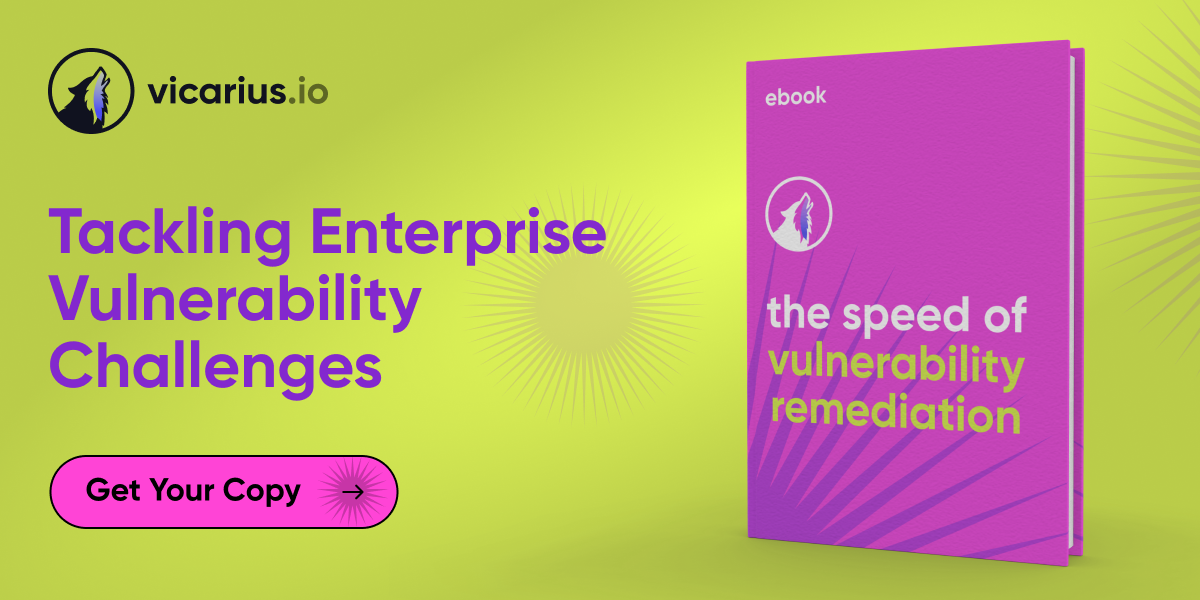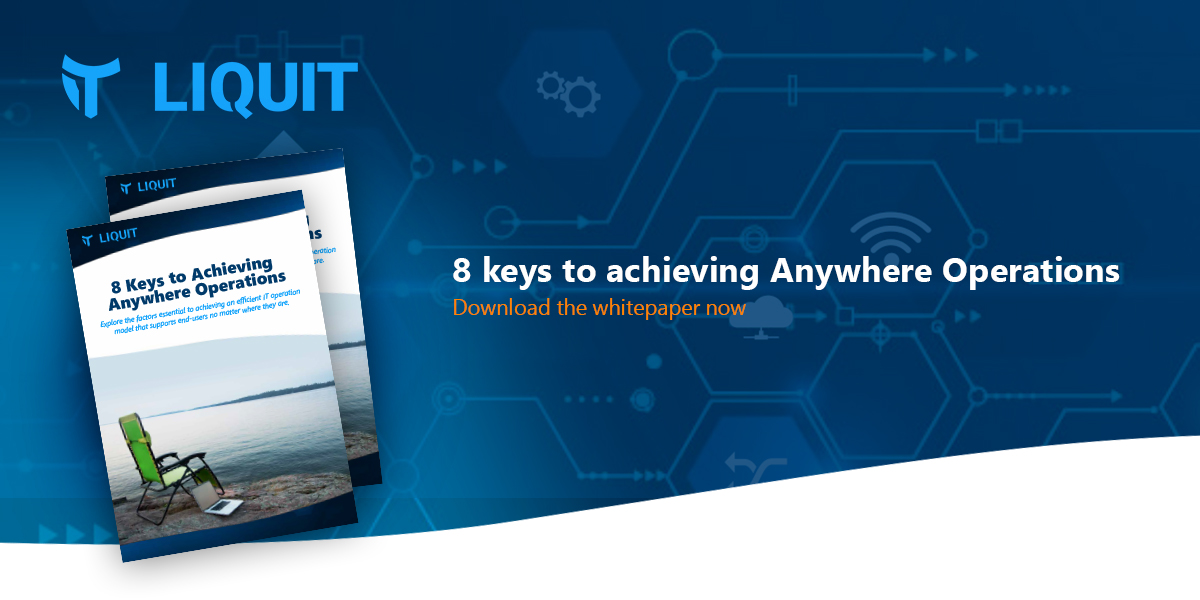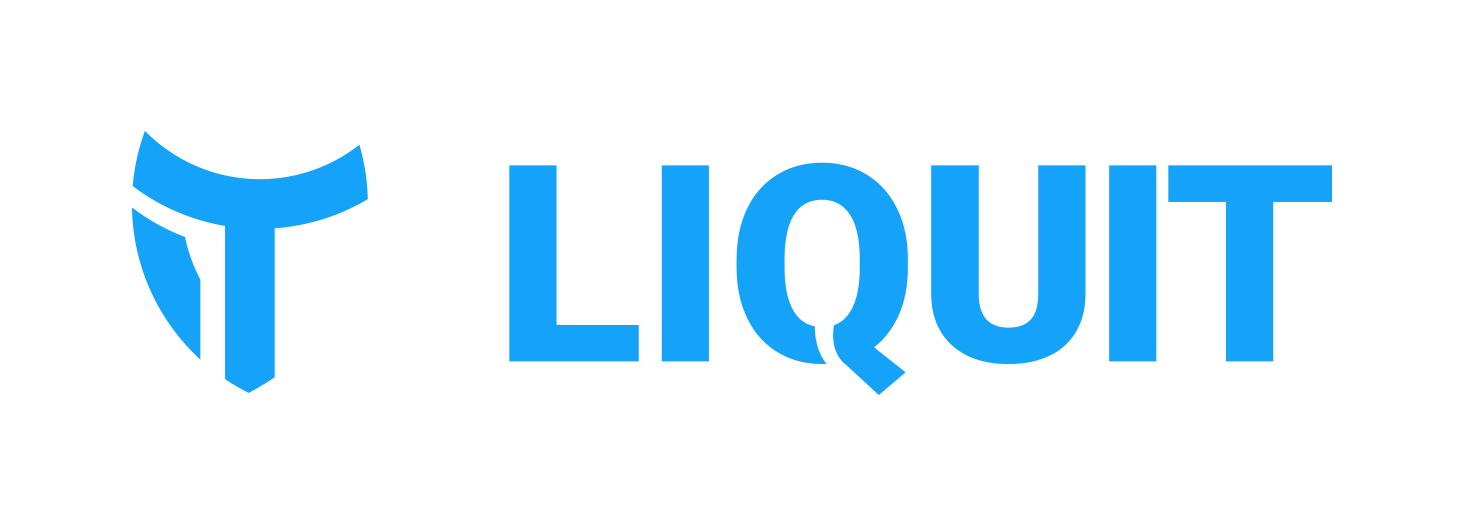VMblog: Provide a little backgrounder information on the company. What does your company look like as we head into 2023.
Jason Mattox: Liquidware was founded by our CEO, David Bieneman, in 2009 as the era of VDI was starting. At the time, analysts described Liquidware as the ‘on ramp' to VDI due to the nature of our solutions to assist organizations to transition end user physical compute workloads to virtual desktops. We've been through a gauntlet of changes from an EUC perspective since then, but our core fundamental proposition remains the same; to provide solutions that enable desktop transformations - whether they be physical, virtual or cloud-based - to be as seamless as possible. We call these offerings Digital Workspace Management.
VMblog: At the core, how do you define end user computing and how do your solutions fit into EUC?
Mattox: For us at Liquidware, EUC is about two key things; the user and their apps. At the end of the day, if our users do not have easy, flexible access to their apps, they cannot be productive. Our solutions enable this via StratusphereTM UX for digital experience monitoring (DEM) and diagnostics, ProfileUnityTM for end user environment management (EUM) and FlexAppTM for application layering and portability. We have recently announced a fourth new product under development - it is just entering its beta phase - called CommandCTRL that is a SaaS-based helpdesk remediation solution.
VMblog: Tell us more about CommandCTRL.
Mattox: We announced the beta program at VMware Explore August 30, and it's a new helpdesk remediation SaaS solution offering real-time metrics data, remediation, and diagnostics. CommandCTRL centralizes Windows endpoint support of all Windows desktops, regardless of location. The solution is purpose-built to support interactive remediation with remote workspaces. An at-a-glance dashboard and Task Manager-like views highlight critical metrics and problem areas. Desktop admins can spot issues quickly and communicate directly with end users through built-in teleconferencing. Remote Assist and Quick Assist options support collaboration to resolve issues. In addition, a unique playback feature allows admins to see past issues as they actually occurred. CommandCTRL also can secure Windows workspaces at various levels with policies deemed appropriate by the administrator. Another major feature is Automatic remediation, allowing administrators to automatically execute a set of canned remediation items, or a custom script based on threshold violations.
Showing it to attendees at VMware Explore the two features that excited them the most was the GUI and the playback (DVR) mode that captures 30-day history!
VMblog: We're hearing more about the Cloud, being categorized as public, private, hybrid or multi. How do your solutions help organizations benefit from the Cloud?
Mattox: Much as desktops are a diverse offering in the market - they can be physical, virtual or cloud-based - and many of our customers run a variety of them in a hybrid model, they also view Cloud as a hybrid offering. Liquidware has been taking advantage of Cloud services for many years now to provide our customers with the flexibility and monetary advantage the public Cloud can offer. For example, in ProfileUnity our API-level integrations cloud storage support is seamless and fully integrates with Amazon, Google and Microsoft Azure platforms. We also utilize the Cloud to deliver our new SaaS solution CommandCTRL because it is quick, easy and cost-effective for customers to commence using it.
VMblog: What strategies can a company put in place to keep their data and applications secured during and after migrating to the cloud?
Mattox: If they utilize a solution like FlexApp, it can keep their users' applications secured by ensuring that only the latest app versions are deployed, for example. It also reduces the complexity of multiple base-image management. With the new FlexApp One feature, users can even access FlexApp apps offline.
VMblog: How did Liquidware enhance its solutions to benefit work from anywhere scenarios?
Mattox: We developed a host of new features for our Stratusphere UX product to assist our customers in enabling an effective service for their users that had to work from home during the pandemic. These features are now providing significant value to both users but IT support staff too as WFx is now the norm. Being able to know in an instant if your users are connected, operational and productive is huge benefit for organizations.
VMblog: Who are the leading cloud platform providers? Which of them do your solutions work on?
Mattox: As with all our partnerships, we're agnostic and support them all! With the current uncertainty around the Citrix and VMware acquisitions, we are seeing more and more customers taking at look at Microsoft Azure Virtual Desktop (AVD). Liquidware was one of the inaugural launch partners for WVD (as it was then called) back in 2018. In fact our solutions are available on all the major Cloud Marketplaces.
VMblog: What are the differences between virtual machines and containers?
Mattox: Our view on containers is completely different to what the virtualization/K8s aficionados think! Our FlexApp product ‘containerizers' apps so they can be delivered anywhere, and even accessed offline. And if you implement the FlexApp One feature, you can deliver it via distribution solutions such as Microsoft Intune.
VMblog: What are your thoughts on moving from on-premises virtualization in the data center to migrating things to the cloud?
Mattox: From an EUC perspective, we saw many customers move workloads to the Cloud during the pandemic as it enabled them to ‘burst-scale' to support their workforce moving to work from home (WFH). As many organizations now have a work from anywhere (WFx) policy, we see Cloud-based desktops becoming far more prevalent. For us it's not so much on- or off-prem, but more whether to choose physical, virtual or DaaS-based workspaces. And, in many cases, it's a combination of some or all these options.
VMblog: What's happening with the notion of work from home or work from anywhere? Are companies changing their mind and asking people to return to the office?
Mattox: We do see some customers returning to the office, but in the main it's a hybrid of office/remote/WFx environments. It is particularly important for organizations to provide this flexibility for their staff to retain talent. However, users want the same level of service from their digital workspace - however it is delivered - and therefore organizations need to ensure they have the right solutions to deliver this requirement for their users. We recently co-sponsored some research with IGEL via Freeform Dynamics on accelerating desktop delivery in a post-pandemic era. You can download the report here to discover while the pandemic made it harder, more complex and costly to deliver, support and secure digital workspaces, it at the same time created new opportunities to turn disruption into transformation. It also looks at what organizations are doing today to prepare for the future of work.
VMblog: Is VDI still important? Or have we moved on? Why or why not?
Mattox: VDI is just another option to deploy digital workspaces and many of our customers still implement VDI. However, we are seeing more and more customers putting their EUC workloads into the Cloud.
VMblog: Traditionally, end user computing has been dominated by on-premises solutions. How has the Cloud reshaped EUC?
Mattox: I'm not sure the Cloud has re-shaped EUC per se, it has helped it evolve and provides customers with more choice. Whatever customers choose to deploy their EUC workspaces on, Liquidware can help them transform and manage them; however they're deployed.
VMblog: Where does your solution live in the Virtualization/Cloud/end user computing ecosystem?
Mattox: As already mentioned, Liquidware is platform and vendor partner agnostic. We work with all the major platforms - Amazon, Citrix, Google, Microsoft, and VMware - and, in fact, have an eco-system of our own working with the likes of IGEL, 10ZiG, and Stratodesk, as well as other ISVs such as Nerdio and Rimo3.
VMblog: What are the top 3 benefits to businesses that choose to implement your solution?
Mattox: The benefits are many, as supported by the vast customer case studies we have. But I would say the three major ones are 1) saving our customers time, 2) saving our customers money and, 3) enabling our customers' EUC users to be productive.
VMblog: What specific problems are being solved by your solutions?
Mattox: However an organization delivers its Windows desktops there are always challenges in ensuring a seamless transition to either a new desktop or latest OS, visibility into their workforces' environment, particularly in a remote situation and application delivery. Liquidware has three predominant solutions to address all these; ProfileUnity, Stratusphere UX and FlexApp. In addition, customers can buy these together in a package called Liquidware Essentials as a very cost-effective and competitive price point.
VMblog: How are you different from your competitors? Why would someone prefer your offerings to those provided by others in the industry?
Mattox: There are many point solutions out there that deliver an element of what we do, along with the platform vendors themselves having point solutions too. However, where Liquidware differs is that we're platform agnostic, there is no other vendor that provides the depth and breadth of digital workspace solutions as we do and we remain a privately held company. So no VCs to answer to - just our customers and employees!



















